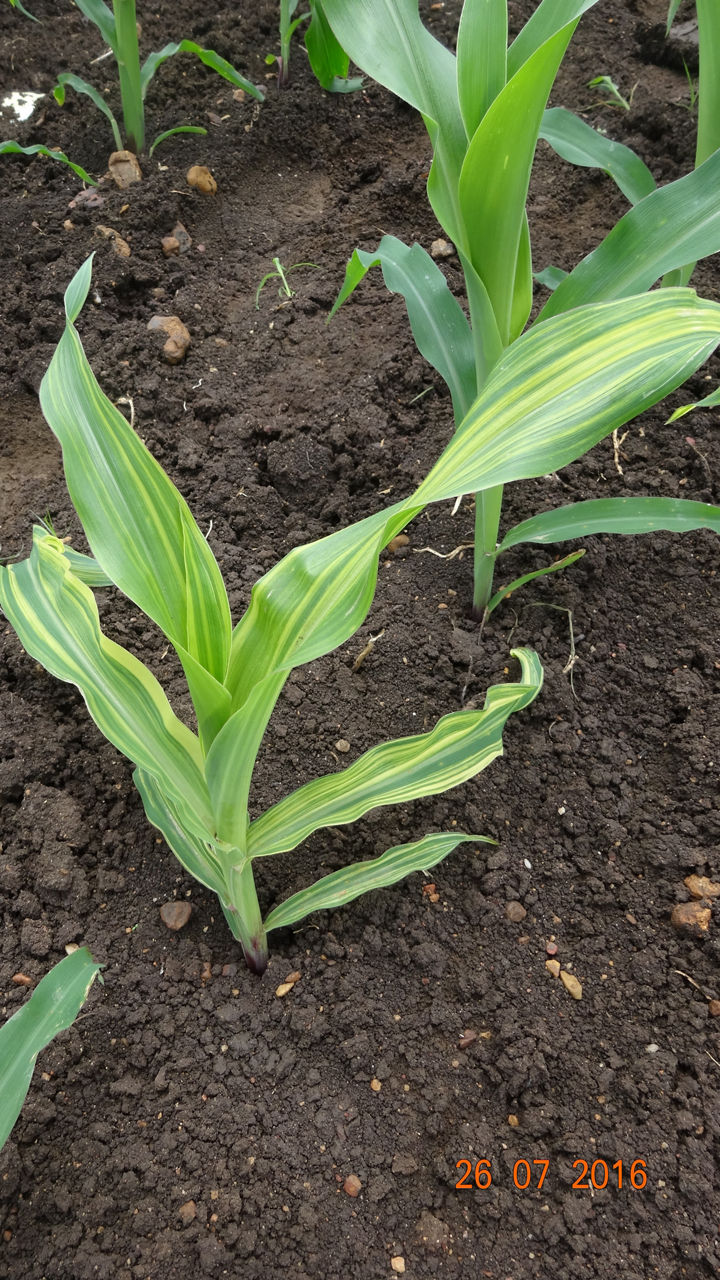3 MIN READ
Corn Production following a Sugar Beet Crop
June 1, 2020

Corn is dependent on a symbiotic relationship with vesicular arbuscular mycorrhizae (VAM) fungi because of their ability to assist in the absorption of water and non-mobile P and Zn. The VAM fungi grow inside and outside of the roots. External hyphae (long filamentous branches) of VAM fungi can be much longer than plant roots and serve as root extensions to aid in the uptake of water and nutrients. When fields are absent of crops or weed growth, the population of VAM fungi can decrease because they cannot survive in the absence of acceptable (most grass species) root tissue. In addition to sugar beets, VAM fungi are also unable to survive in the presence of brassica roots (canola, cabbage, broccoli).2
An additional factor for the severity of symptoms is that most P taken up by sugar beet roots is returned to the soil during harvest leaf mowing. The leaf tissue rapidly decomposes and much of the P is returned to the next crop in an organic P form. North Dakota State University believes that some growth drag also occurs with soybean and small grains produced after a sugar beet crop, but the drag is small, and no symptoms have been observed.2
If corn is to be grown, 150 lb/acre of 11-52-0 (MAP) or equivalent P rates of other fertilizers in a 2x2 inch band should be applied.2 Safe rates of in-furrow fertilizers are not enough to overcome the lack of mycorrhiza and provide early season P nutrition to corn.2
Sources:
1Stahl, L. 2014. Reduce risk of fallow or flooded soil syndrome with cover crops. Univesity of Minnesota. http://blog-crop-news.extension.edu.
2Franzen, D. and Ransom, J. 2018. Fallow syndrome after sugarbeet. Crop & Pest Report. North Dakota State University. https://www.ag.ndsu.edu/.
Web sites verified 3/19/2020.
Derek Crompton
Agronomist
Performance may vary, from location to location and from year to year, as local growing, soil and weather conditions may vary. Growers should evaluate data from multiple locations and years whenever possible and should consider the impacts of these conditions on the grower’s fields. ALWAYS READ AND FOLLOW GRAIN MARKETING AND ALL OTHER STEWARDSHIP PRACTICES AND PESTICIDE LABEL DIRECTIONS. Channel® and the Arrow Design® and Seedsmanship At Work® are registered trademarks of Channel Bio, LLC. ©2020 Bayer Group. All rights reserved.